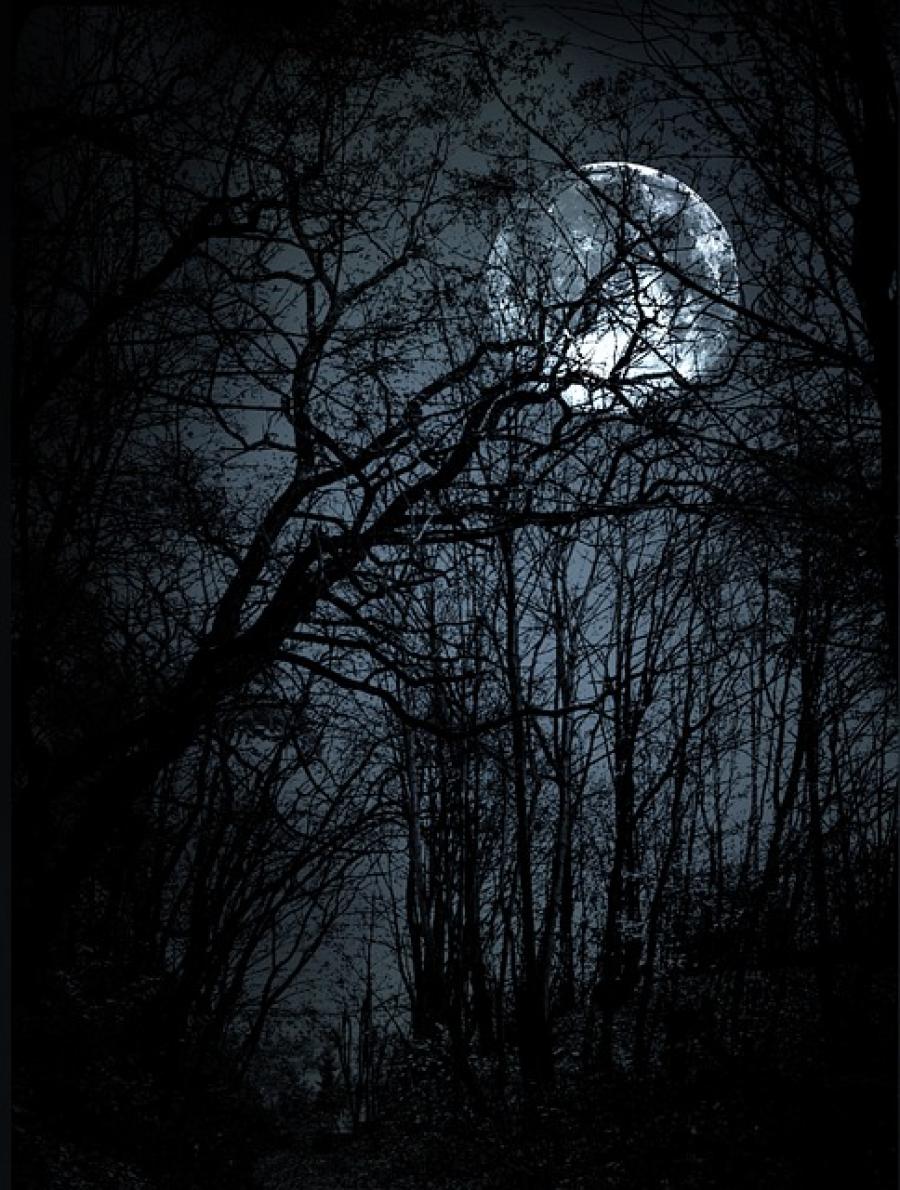In Reservation X: The Power of Place in Aboriginal Contemporary Art, seven artists demonstrate how their native communities influence their work. But the seven installation pieces that compose the exhibition, now showing at Dartmouth College's Hood Museum of Art, go beyond the exhibition's title. The artists combine both traditional aboriginal techniques they learned while living in their native communities -- all have spent some portion of their lives on reservations -- and contemporary techniques they learned from art schools and other urban institutions. The result is an exhibition that not only comments on the significance of the native community to contemporary aboriginal artists, but also on the significance of contemporary aboriginal art itself.
"It's important for museums to remove a lot of the stereotypes when presenting work by Native American people," said Juliette Bianco, exhibitions manager at the Hood Museum. "Too often Native Americans are frozen in the past when they are presenting their work." Reservation X, which opened at the Canadian Museum of Civilization in Montreal and also appeared in New York City at the National Museum of the American Indian, shows both Native and non-Native visitors the importance of territory in aboriginal peoples' identity and celebrates both the history and present of their communities.
Marianne Nicolson, who depicts her Kwakw...k...'wakw community of Kingcome Inlet, British Columbia in her installation "House of Origin," brings images of both Kwakwaka'wakw traditional culture and contemporary life together in her work. The installation is set up in the shape of a house, with two paintings making up opposite walls. The paintings depict the Kwakwaka'wakw origin story and are accompanied by text of a short version of the story in Kwak'wala, her native language. In a juxtaposition of old artistic media and new, along the long sides of the house Nicolson places photographs. These pictures show both the landscape of Kingcome Inlet and its residents.
The photos emphasize the relationship between the people of Nicolson's native community and the land they live on. The people of Kingcome Inlet, a small community only accessible by plane or boat, depend on the reserve for their survival, Nicolson said. Logging and commercial fishing have destroyed the community's internal economy, and the village has lost several members to the city -- Nicolson herself has moved between Kingcome Inlet and Victoria, where she now lives. Yet the mere existence of the isolated Kingcome Inlet community proves that the Kwakw...k...'wakw have triumphed. "We are still there," Nicolson said. "Attempts to assimilate us haven't been successful. We still have a strong cultural identity."
The concept of survival also influenced other artists' work as they considered their own native communities' identities for Reservation X. Jolene Rickard's multimedia installation "Corn Blue Room" (see page 1) uses a basic sustenance item to make a powerful political statement. "My family has a gathering every year where we harvest corn together and hang it in the communal barn for the use of all the people," Rickard said. "I'm trying to make a statement that by working together to keep the seed going, it will ensure our future." Six strands of corn -- representing the six nations of the Iroquois Confederacy -- form the centerpiece of the installation. Surrounding the corn in the shape of a long house are six CD-ROM programs that tell the story of the Tuscarora Iroquois peoples' 1958 fight against the U.S. Power Authority's plan to flood the entire reservation for a reservoir. "Corn Blue Room" boils down political activism to basic sustenance, Rickard said. "There tends to be a kind of thinking in our communities that if you're a lawyer and you're fighting for self-determination and sovereignty, that is important work," she said. "Whereas I think people who have worked to maintain the traditions that define our relationship to our land is important."
Preserving and sharing a community's history is one important role held by artists, according to Mary Longman, who created "Strata and Routes" for Reservation X. "Historically, why we've always produced visual art among First Nations is to document art history and tell our stories," she said. Those stories change, however, as artists move from place to place. Location heavily influences Longman's pieces. She has lived in most of the Canadian provinces and in the Arctic, and she finds most of the materials for her work while walking outdoors. The two sets of roots that form "Strata and Routes" are each from Vancouver Island and the Shackan Reserve in interior British Columbia.
Movement influences most of the Reservation X artists as they strive to define their identities. Many Native artists have moved back to their reservations in recent years -- a trend that partly inspired the development of Reservation X -- and many use their art to reconcile their Native and non-Native identities. "I've been back [on the Tuscarora Reservation] for 10 years and I've come to understand that this whole process of extended family and community is more profound than I'm even willing to discuss," Rickard said. Reservation X highlights this challenge for aboriginal artists -- the challenge of integrating traditional and contemporary, Native and non-Native, reservation and off-reservation influences in their lives and in their art. The exhibit's installations bring the unexpected result to a sometimes-unsuspecting audience. Blanco expects 10,000 people to visit the exhibit at the Hood Museum, its final tour stop, before it closes on December 16. For many of those visitors, the exhibit will reinvent "what it means to be Indian," she said. "I think," Rickard said, "this is a way to insert into people's lives a moment to think about indigenous space."
Article copyright Cultural Survival, Inc.



